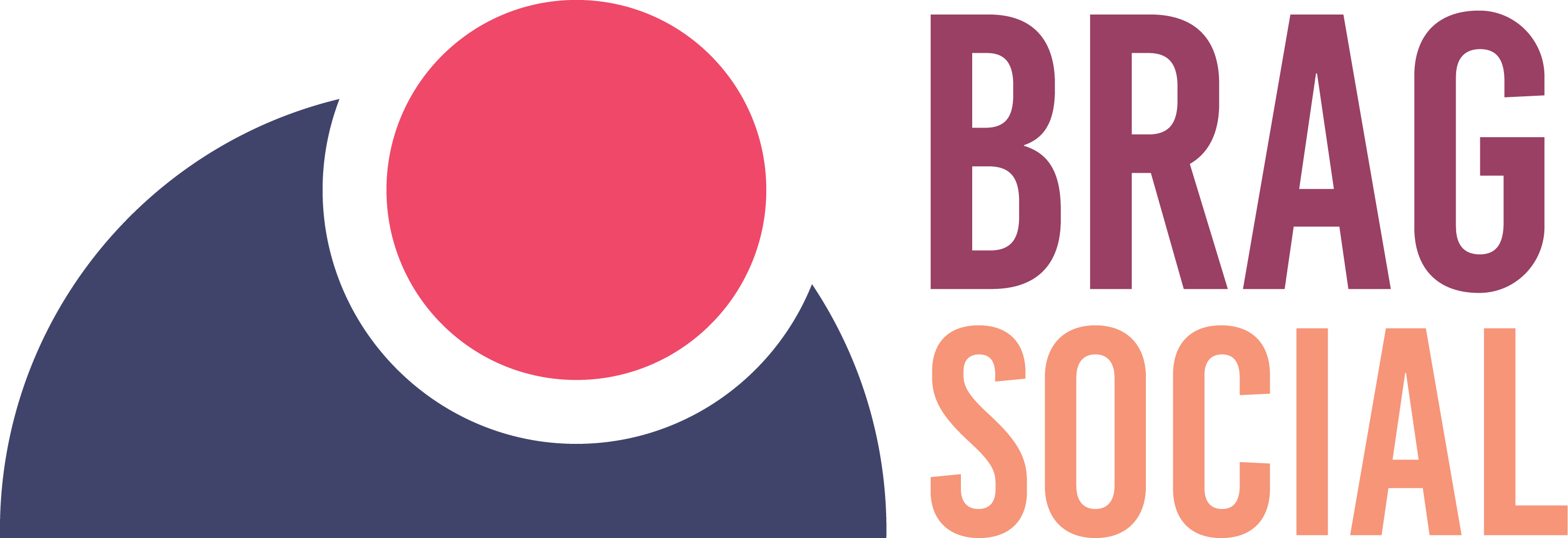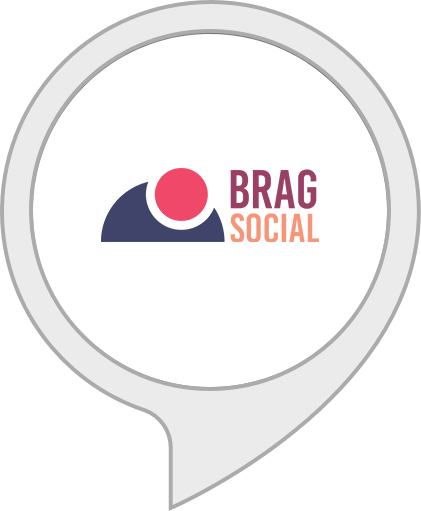
The pandemic has created a massive impact on industries, markets, and the daily lives of people. Many large-scale businesses, small-scale businesses, startups, self-employed, and newly self-employed have been hugely affected by the coronavirus outbreak.
During these challenging times, the private sector, federal government institutions have tried to provide maximum and continuous help. This help is available in the form of a grant or loan. The banks are ready to lend credit to the people who are in need. Here’s a list of few bits of help initiated by the government.
Federal stimulus aid
With the ongoing COVID-19 pandemic, businesses of all sizes had a negative impact. Some businesses are just starting, a few have business models, some are trying to switch the field while some are giving up on their businesses. The assistance of 1.9trillion dollars has been too small for companies and startups.
For small businesses, private nonprofits, sole proprietorships, agricultural co-ops, and employee-owned firms could be converted into advances on forgivable loans as outlined above, were authorized emergency grants of $10billion where the paid value of about 17 billion dollars. For administration, training, consulting, and education related to these loan programs, the government has allocated $1 billion.
Paycheck Protection Program
The program is eligible for small businesses with interruption loans which the government backs, which then on the basis of the borrower keeping its employees on the payroll waves off. Under this program, you are provided with many benefits.
Up to $10 million, a ‘First Draw’ loan is lent that equals 10 weeks of a company’s payroll. The loan is for paying the payroll, rent, and utilities that allow a small business to keep its doors open.
A ‘Second draw’ of loan is provided after the ‘First Draw’ of loan. So, the value is up to $2 million, provided for the businesses.
To spend loans on payroll, rent, mortgage payments, and other utilities, borrowers have up to 24 weeks. Borrowers must spend at least 60% of their loan on the payroll to qualify for loan forgiveness. The Paycheck Protection Program Flexibility Act (PPPFA) included two new exceptions allowing borrowers to achieve full PPP loan:
- If the recipient is unable to hire similarly or qualified employees or to rehire the former.
- Due to the COVID-19 public health emergency, if the recipient is impotent to return to the same level of business activity.
Through financial institutions, the program operates directly. Loans are provided to small businesses to relieve them as fast as possible, as government institutions are providing many obligations and help to them. The applicants do not require to demonstrate any sort of specific hardship. They need to make a good faith certification of the loan’s necessity and that will help them to retain workers.
EIDL Loans and Grants
Any eligible applicant will automatically receive an emergency advance on that loan of up to $10,000 by applying for an EIDL. The payment will be technically an advance. Even if the applicant is denied for their loan or chooses not to accept the full loan offer explicitly does not need to be repaid. The advance examins as a grant.
The application process provides information on other programs including the EIDL, Emergency Advance Paycheck Protection Program, SBA Express Bridge Loans, and SBA Debt Relief. Eligible businesses can choose after completing the EIDL application. They self-certify their eligibility under the penalty of perjury. Therefore, the qualified applicants are provided with a $10000 emergency fund advance.
EIDL Emergency Advances are uses:
1) Providing paid sick leaves to employees who are unable to work due to coronavirus infection
2) During business disruptions maintaining payroll
3) From supply chain disruption, meeting increased costs arising
4) Rent or mortgage payments.
5) Due to revenue loss, repaying obligations to the people.
Paid Leave
Paid Leave is provided to the company employees as limited paid sick and family leave post the coronavirus outbreak. To implement the legislative decision expeditiously, the Treasury Department, Internal Revenue Service, and Department of Labor have outlined their intentions.
Affected by COVID-19, both benefits limits to individuals directly either for themselves or others, and are in effect from March 31, 2021. The Department of Labor can exempt certain small businesses with fewer than 50 employees but the provisions apply to employers with fewer than 500 employees, as well as health care workers and emergency responders.
Unemployment Insurance
The Pandemic Unemployment Assistance (PUA) provides emergency unemployment assistance. The workers who have exhausted their state UI benefits or have been left out of regular state UI are immediately eligible to receive PUA for up to 50 weeks. Hence, it creates new eligible divisions for those individuals who are independent contractors or self-employed.
Conclusion
Therefore, these are some of the business funds for self-employed people. All the above measures are for small businesses and startups precisely for their growth and expansion. With the help of our guide on self-employed business funds, you can easily distinguish between the different funds. Hence, choosing the best for your business.





